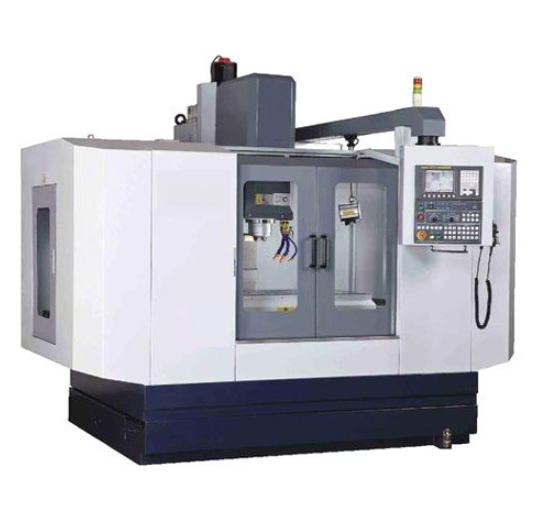What is a Machining Center – Machining Center Definition, Types & Difference Between Mills/Lathes
CNC machining, also known as Computer Numerical Control machining, refers to processing with CNC machine tools. CNC machining has the advantages of stable machining quality, high machining accuracy, high repetition accuracy, machining complex surfaces, and high machining efficiency. The continuous development of numerical control technology has also been gradually applied to the processing and manufacturing industry, and CNC machining centers came into being.

What is a Machining Center?
Machining refers to a numerical control machine tool that can continuously perform various types of machining, including boring, milling, drilling, threading, and reaming. Its main feature is equipped with an automatic tool changer (ATC), which can realize the above-mentioned processing operations. In addition, automatic tool change can be realized through programming. According to different machine tool configurations, there are horizontal, vertical, and gantry machining centers. In recent years, five-axis machining centers that can process more complex shapes have also appeared.
Difference Between Machining Center and Milling Machine and Lathes
1) Milling machine
A milling machine is a kind of machine tool similar to a machining center. The main difference is that the milling machine is not equipped with an automatic tool change device (ATC) and requires manual tool change.
2) Lathe
The machining mode of the machining center and the milling machine is that the material is fixed and the cutter moves to cut. A lathe is a tool fixed, material rotation. Therefore, machining centers and milling machines are suitable for processing square objects, and lathes are suitable for processing round objects.
Type of Machining Centers
– Vertical machining center: the spindle is connected downward from the top of the machine tool. The workpiece and the tool move on three axes (X, Y, and Z axes) to process the fixed workpiece from above. Since the machining is carried out from above, it is easy to check the cutting condition, and even heavy workpieces can be processed with high accuracy. It also has the advantage of smaller floor area than other types. On the other hand, the chips generated in the cutting process are difficult to discharge and may damage the workpiece, so it is necessary to spray cutting oil during machining.
– Gantry machining center: the characteristic of this type of machining center is that the part supporting the spindle looks like a door, and like the vertical type, the spindle is connected from top to bottom. Like the vertical type, it can move on three axes (X, Y, and Z axes) for processing, but it is characterized by long-distance movement in the X-axis (depth) direction, which is used for processing large parts.
– Horizontal machining center: the spindle of the horizontal machining center is installed along the horizontal direction and can control four axes (X, Y, Z, and B axes), and there is also a B axis for rotating the table. The utility model has the advantage that the workpieces installed on four sides can be processed at one time. The horizontal direction of the b-axis is also conducive to chip removal and reduces the risk of damage to the workpiece surface. On the other hand, since the workpiece is fixed from the side, if heavy materials are installed, the fixture may be deformed, resulting in a reduction in processing accuracy, so it is not suitable for processing heavy parts.
– 5-axis machining center: the machining center can be controlled by five axes (X, Y, Z, B, and C axes), and the c axis is added, which is characterized by two rotation axes. The additional rotating shaft can process difficult and complex workpieces. In addition, the machining surface can be freely changed by rotating the machine, so the machine can be processed into a finished product in one installation. On the other hand, the programming difficulty of control is greatly increased, and attention should be paid to details.
